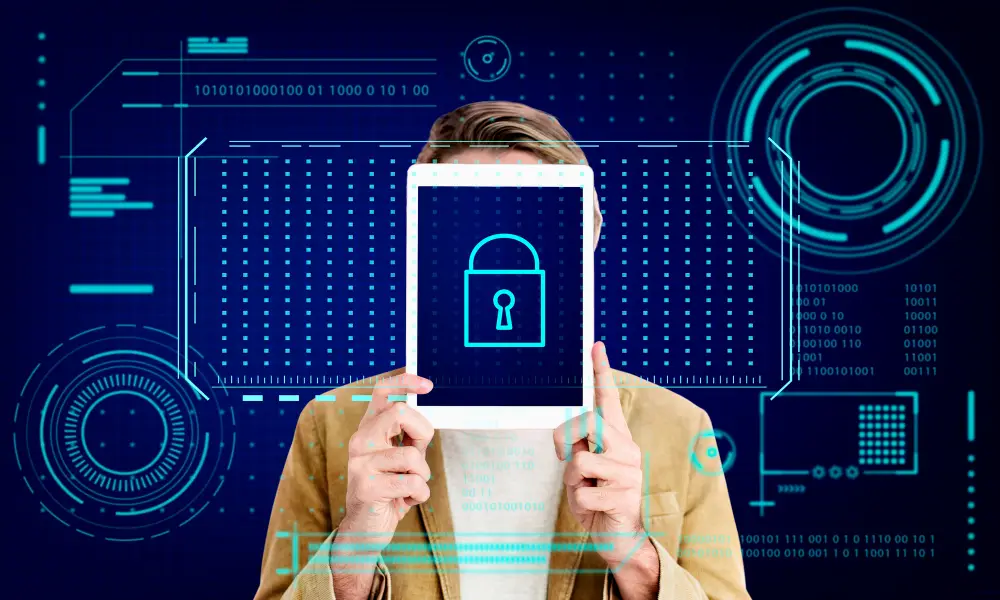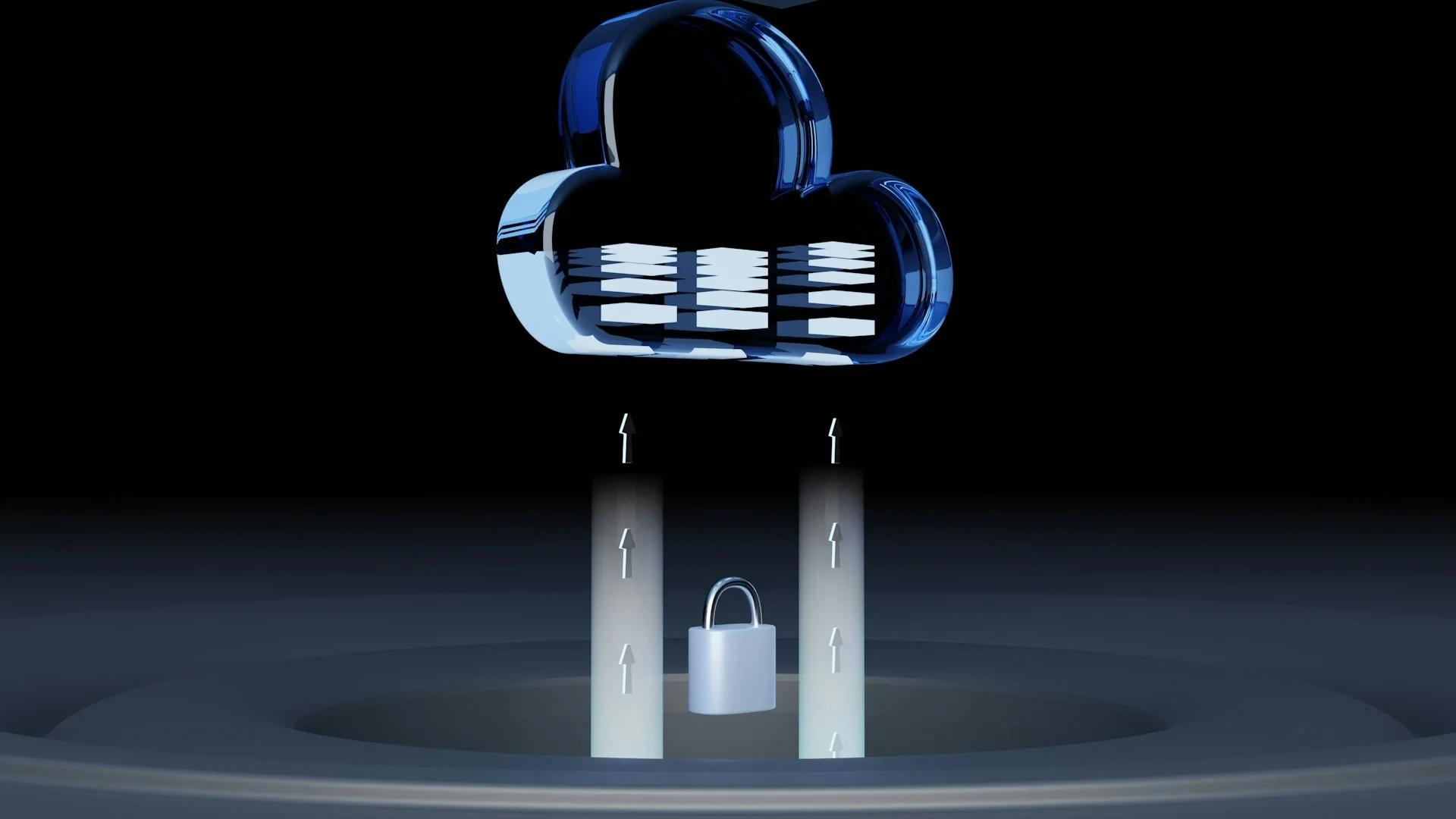Securing online accounts and sensitive information is vital for individuals and businesses alike. This is where Multi-Factor Authentication, or MFA, steps in. Learn about MFA, its advantages and implementation, and how it enhances your online security using multiple verification methods.
Understanding Multi-Factor Authentication
MFA is a security system that requires multiple authentication methods from independent categories of credentials to verify a user’s identity for a login or other transaction. Instead of just asking for a password, MFA security requires one or more verification factors, decreasing the likelihood of a successful cyber attack.
How Does MFA Work?
MFA security typically involves three categories of authentication factors:
- Something You Know: This could be a password, a PIN, or an answer to a security question.
- Something You Have: This includes physical devices like a smartphone, a security token, or a smart card.
- Something You Are: This category includes biometrics such as fingerprints, retina scans, or voice recognition.
For example, when you log into your bank account, online multi-factor authentication might require you to enter your password (something you know) and then send a verification code to your smartphone (something you have). Only after entering this code are you granted access to your account.
Benefits of Multi-Factor Authentication
Some of the top benefits of MFA include:

- Enhanced Security: By requiring multiple verification forms, MFA security makes it significantly more difficult for unauthorized users to access sensitive information.
- Reduced Risk of Fraud: With MFA, the attacker must still breach the other factors even if one authentication factor is compromised.
- Compliance with Regulations: Many industries have regulatory requirements for MFA to protect sensitive data, such as the healthcare and financial sectors.
Implementing Multi-Factor Authentication

To implement MFA, organizations can choose from various methods depending on their needs and the level of security required:
- SMS-Based Authentication: A verification code is sent via text to the user’s mobile phone.
- App-Based Authentication: Apps like Google Authenticator or Authy generate time-based one-time passwords (TOTP).
- Biometric Authentication: This involves biometric data such as fingerprints or facial recognition.
- Hardware Tokens: Physical devices that generate codes or connect via USB.
When integrating MFA, it’s essential to consider the user experience. Overly complex processes can lead to frustration and decreased productivity. A balance between security and usability should be the goal.
Multi-Factor Authentication in Digital Transformation
As part of digital transformation, implementing MFA is essential. It safeguards an organization’s digital assets and instills confidence in customers that their data is protected.
Digital transformation often involves migrating services to the cloud, which can increase vulnerabilities. Organizations can mitigate these risks by incorporating MFA security measures and ensuring a smooth and secure transformation.
Common Challenges with MFA
Although MFA greatly improves security, it comes with its own challenges, such as:
- User Resistance: Some users may see MFA as burdensome and push back against its adoption
- Cost: Implementing MFA can be costly, particularly for small businesses.
- Technical Issues: Problems like lost devices or issues with biometric scanners can cause delays and frustration.
To address these challenges, organizations should communicate clearly about MFA’s benefits, offer support for users, and choose cost-effective solutions that don’t compromise security.
Best Practices for Multi-Factor Authentication
To make the most out of MFA, consider the following best practices:
- Educate Users: Ensure that all users understand the importance of MFA and how it protects their data.
- Regular Updates: Keep all authentication methods current to guard against new threats.
- Backup Methods: Provide alternative authentication methods if users lose their primary devices.
- Monitor and Review: Continuously monitor authentication processes and review their effectiveness regularly.
- User-Friendly Solutions: Choose MFA solutions that balance security with ease of use to minimize user resistance.
Real-World Applications of Multi-Factor Authentication
Various sectors implement MFA to secure their systems:
- Banking and Finance: Protects online banking and financial transactions.
- Healthcare: Secures patient data and complies with HIPAA regulations.
- Corporate: Safeguards sensitive business information and intellectual property.
- E-Commerce: Protects customer data and transaction integrity.
Summary and Takeaways
MFA is an effective method for boosting security in the modern era. MFA offers strong protection against unauthorized access and cyber threats by asking for more than one verification form. At Imagine IT, MFA security is part of comprehensive Digital Transformation Services used to protect sensitive information, comply with regulations, and build customer trust. Contact us for the successful adoption of MFA and boost your organization’s cyber security.





